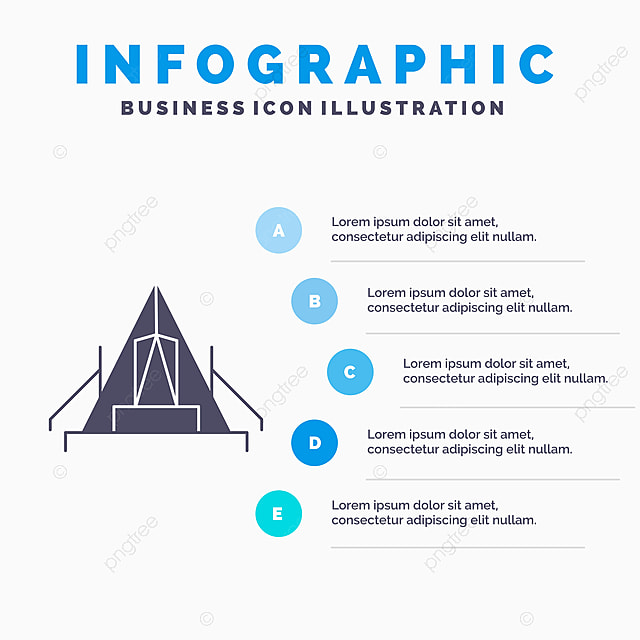While both deal strengths in various settings, it is very important to figure out which kind of insulation will certainly best serve your needs. The insulation you pick influences warmth, weight, water resistance, compressibility and rate.
Down is collected from waterfowl, usually ducks or geese. It is treasured for its agility, very easy compression and insulating residential properties. However, down comes to be much less effective when damp.
Warmth-to-Weight
A high warmth-to-weight proportion is desired in exterior apparel and gear. The protecting residential properties of down feathers make them a fantastic choice for this purpose, as they are exceptionally cozy and lightweight.
Nevertheless, down loses its shielding abilities when it splashes, suggesting it requires to be coupled with a waterproof shell. Furthermore, some people dislike down, making synthetic jackets a better option for them.
Synthetic insulations are commonly made from recycled polyester and made to imitate down's shielding residential or commercial properties. They are not as lightweight as down, however they do not shed their insulating abilities when they splash and completely dry faster than down. They are additionally much more affordable than down. Nonetheless, their life expectancy is much shorter than down, causing higher maintenance and replacement prices.
Water Resistance
The insulation you choose for your work jacket will make a huge distinction in how comfortable you really feel outdoors. However, the sort of insulation you pick likewise has significant implications for your sustainability goals.
Down is a superb insulator for a variety of factors. It's light-weight, compressible, and supplies an excellent warmth-to-weight proportion. Nevertheless, it doesn't fare well when it splashes. Down clumps up and sheds its loft space when damp, which can substantially reduce its capability to trap heat.
Synthetic insulation products, such as Thinsulate and Primaloft, stand up much better against damp problems. They commonly have a tight weave or chemical layer that maintains water from permeating the textile. This enables the insulation to remain breathable, even if damp. It deserves keeping in mind that synthetics can also be uneasy when wet, however they retain glamping tent their protecting residential properties.
Compressibility
While goose down does have a remarkable warmth-to-weight proportion, artificial insulation performs likewise. Nevertheless, unlike down which takes in and sheds its protecting capacities when damp, artificial insulation does not. Because of this, it can maintain its loft space and trap cozy air in wet problems.
Generally manufactured from polyester sheets or collections that imitate down, the most typical synthetic insulation brand names include PrimaLoft, FullRange, Thermoball and Patagonia's PlumaFill. While it still can't match down's loftiness and warmth-to-weight, synthetic jackets are light-weight, quick to dry and less costly than down. This makes artificial jackets excellent for wet settings, or if you're prone to sweating greatly. Artificial coats are likewise much less fragile than down and can lose. This toughness encompasses their face textiles which are usually thicker and extra durable than down.
Sturdiness
A significant factor to consider in sustainability is a product's durability and resilience. All-natural products like cork, ThermaCork expanded cork and Havelock woollen last longer than artificial options like fiberglass and plastic. They additionally require less upkeep and can withstand severe ecological problems.
However, all-natural insulation doesn't perform also when damp as synthetic choices. Woollen and fleece clump together when damp, endangering their capacity to catch warmth. Synthetic insulation, on the other hand, does not take in dampness and continues to protect even when soaked.
This makes synthetic insulation suitable for damp environments and arduous activities where you may sweat greatly. It's additionally less complicated to clean and dries faster than down. This added sturdiness and reliability make artificial insulation an overall winner in this category. This translates to sturdy shielded job boots that last lengthy and maintain you heat through requiring environments.
Sustainability
Natural materials supply biodegradability and a smaller sized ecological impact, while artificial choices brag durability and innovative applications that support energy performance. Nonetheless, it is very important to comprehend real environmental impact of these insulation materials from cradle-to-grave.
For example, if an all-natural insulation material needs to travel a long distance from its resource to the structure site, transportation-related discharges enhance its total carbon impact. Selecting locally sourced and recycled products decreases that impact. And, opting for GREENGUARD and Cradle to Cradle accreditations makes sure that insulation is without unstable organic substances (VOCs) and sustains accountable sourcing and labor conditions.
Sheep's wool and cork are sustainable insulation sources that are harvested without harming the tree or plant. Both have actually the included benefit of being normally resistant to mold and mildew, insects and moisture.
